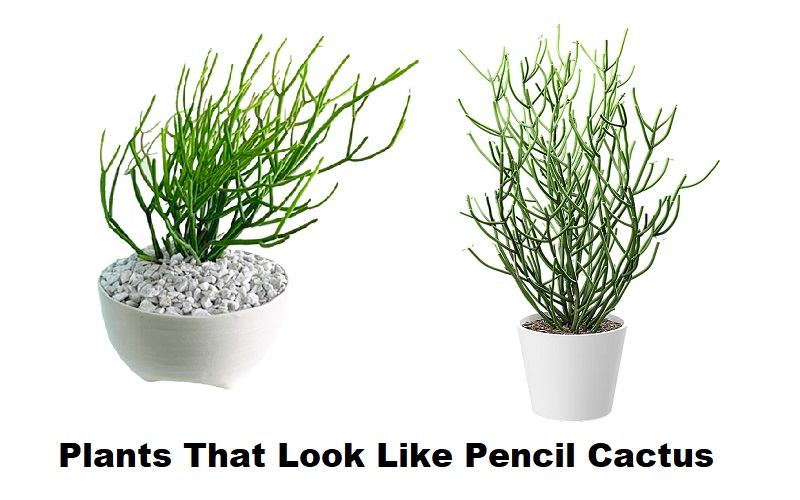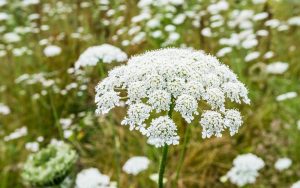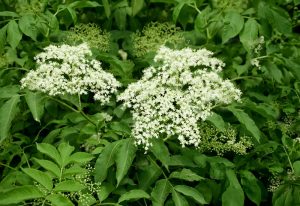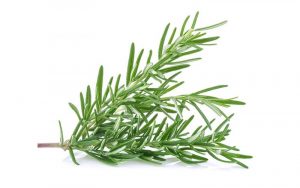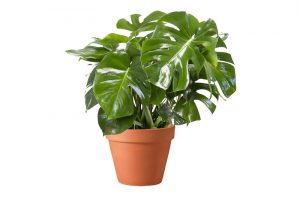Cacti are beautiful plants that can easily be propagated through cuttings and grafting, making them an excellent choice for do-it-yourself gardeners looking to bring the desert into their homes.
While some cacti resemble pencils, others look more like something else entirely-but what? This list of plants that look like pencil cactus will help you decide which of these distinctive plants to grow in your own landscape or garden.
Not only will they add to the beauty of your space, but they’ll also take care of themselves, requiring little more than occasional watering.
11 Plants That Look Like Pencil Cactus
1. Euphorbia Tirucalli

If you’re looking for a plant that looks like a pencil cactus but doesn’t want the prickly problems that come with it, look no further than Euphorbia tirucalli. This plant is native to Africa and has long, thin branches that can reach up to 15 feet in length.
It’s also drought tolerant and can grow in full sun or partial shade. Plus, it’s easy to care for and doesn’t require much water. Just be sure to wear gloves when handling it, as the sap can be irritating to the skin.
How to grow?
Give them plenty of sunlight. Keep soil moist at all times. In winter, water every two weeks and fertilize monthly with a liquid fertilizer diluted by half; from spring to autumn, water weekly during dry spells and fertilize monthly with a liquid fertilizer diluted by half. They’ll need little maintenance besides removing dead leaves and old flowers so they’ll keep blooming.
2. Rhipsalis Baccifera
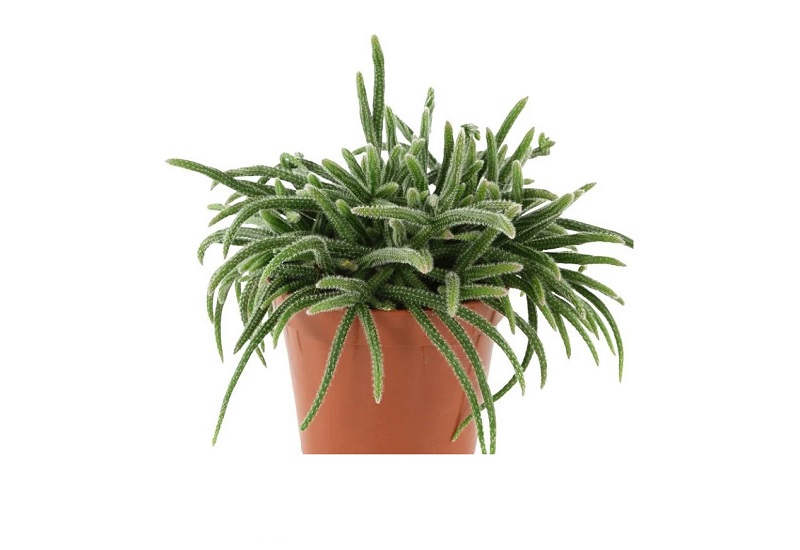
This cactus is often called the mistletoe cactus because of its similarity in appearance to the mistletoe plant. It is a native of Brazil but can be found in many other countries in South America.
The plant has long, thin, cylindrical stems that are covered in small spines. The flowers are small and white, and they bloom in the springtime. This cactus is easy to care for and does not require much water.
How to grow? Start with a cutting or seedling and transfer it into a pot with well-draining soil that has been amended with coarse sand. Keep the potting medium moist but never wet; you should use only water when you see signs of wilting.
Move your plant indoors during winter when temperatures drop below 50 degrees Fahrenheit (10 degrees Celsius). You may need to move your Rhipsalis baccifera outside during summer when temperatures exceed 80 degrees Fahrenheit (27 degrees Celsius).
3. Firestick Cactus

The firestick cactus is a great option if you’re looking for a plant that looks like a pencil cactus. It’s easy to care for and doesn’t require much water, making it perfect for those who are new to plant ownership. Its striking red color will also add some personality to your space. Just be careful not to overwater it, as too much water can lead to root rot.
How to grow? Firesticks are hardy plants that need little attention from their owners – just make sure they don’t get too wet or dry. You should also look out for aphids and mealybugs, who love to suck the sap from this plant.
You’ll know if these pests have found their way into your home because of their waxy excretions, which will eventually form white cottony patches on the leaves. Aphids often attack during springtime when there is an abundance of new growth coming in after winter dormancy, so take action early if you suspect them.
4. Rhipsalis
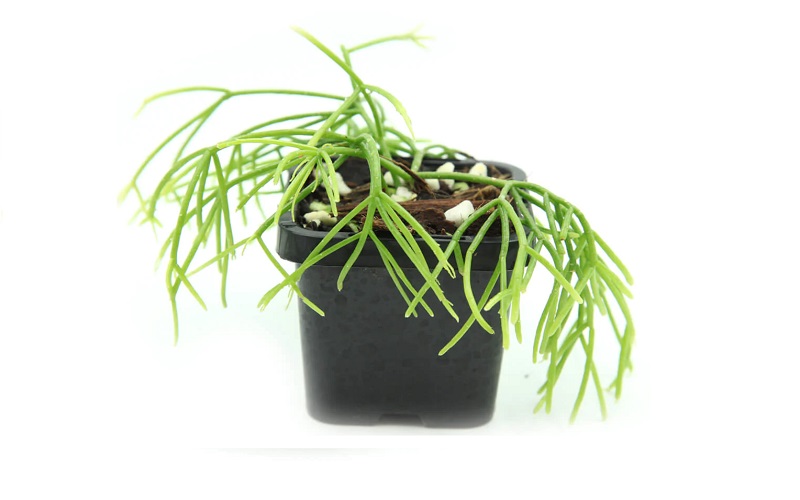
A plant that looks like a cross between a cactus and a spider plant, Rhipsalis, is native to Brazil. It’s a low-maintenance plant that can tolerate low light and irregular watering, making it ideal for busy people or those new to plant care.
While it’s not technically a cactus, it shares many of the same features, including spines and slow growth. The white blooms last just one day, which makes them great for quick decoration.
How to grow? Just keep these plants in your home away from direct sunlight, water sparingly (once every few weeks), and fertilize about once per month with a weak solution of houseplant fertilizer. Prune as needed to maintain shape. Place outside during warmer months only if temperatures stay above 40 degrees Fahrenheit.
5. Senecio Peregrinus
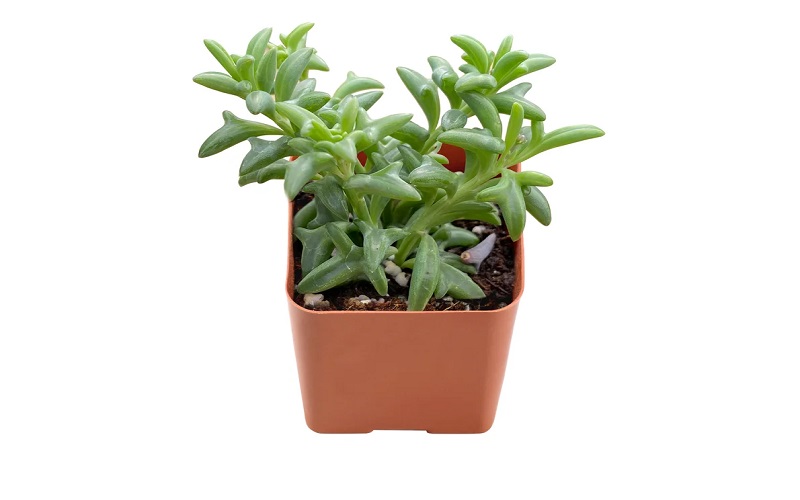
This plant is often mistaken for a cactus, but it’s actually in the daisy family. It’s a native of South Africa and can grow up to six feet tall. The leaves are long and thin, and the plant produces yellow flowers. Senecio peregrinus is drought-tolerant and does well in full sun. It’s a great choice for xeriscaping or for adding texture to a mixed border.
How to grow? Plant the roots in moist potting soil and give them plenty of water. Use a container with drainage holes so that water doesn’t accumulate at the bottom. To propagate, take cuttings from new growth; make sure to use sharp scissors or pruning shears to avoid damaging the delicate tissues.
Place cuttings in a rooting medium such as peat moss or sand. Keep them moist until they have rooted, and then transplant them into pots filled with sterile potting mix. You can also sow seeds directly into the ground where you want your plants to grow.
6. Aporocactus Flagelliformis
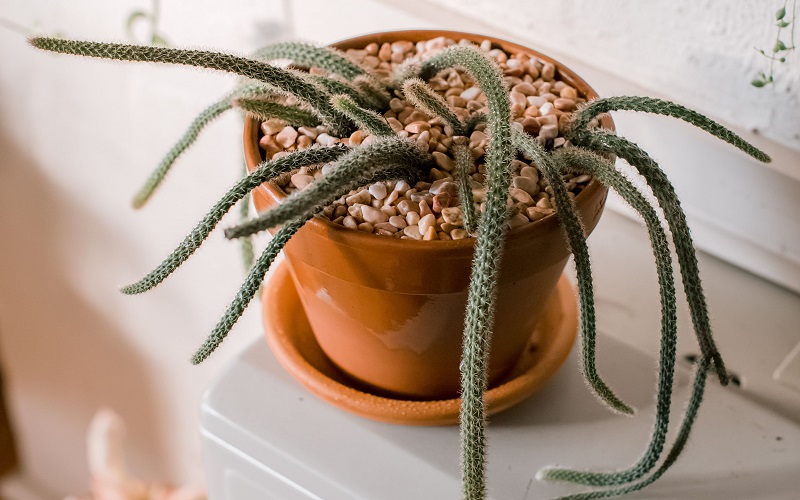
This plant is often mistaken for a pencil cactus, but it’s actually a member of the cactus family. It’s native to Mexico and can grow up to four feet tall. The plant has thin, green stems that are covered in spines. The flowers are white or pink and bloom in the spring.
The pencil cactus (Euphorbia tirucalli) originated in Africa, making its way across the Mediterranean before being introduced into North America. A perennial plant, this succulent gets its name from its resemblance to a writing utensil due to its slender shape with pointed ends.
How to grow? If you’re interested in cultivating your pencil cactus, ensure you have plenty of sun and room to allow the plant space to grow. Avoid watering too much as over-watering will cause rot.
Fertilize monthly using a high nitrogen fertilizer. When they mature, they may be transplanted outdoors or in another area of the house. While these plants do not need to be watered very often, keep an eye on them, so they don’t get too dry.
7. Rhipsalis Salicornioides
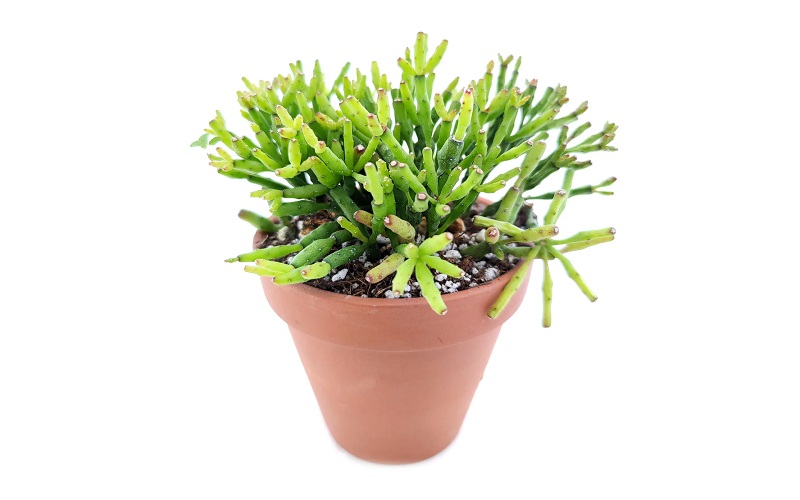
This plant is often mistaken for a cactus because of its long, slender stems. But don’t let its looks deceive you – this plant is actually a member of the succulent family. Rhipsalis salicornioides is native to Brazil and can grow up to three feet tall.
It’s an easy plant to care for and makes a great addition to any indoor or outdoor space. If you happen to live in zones 10-11, you will be happy outside all year round. Just remember that it prefers well-drained soil, so make sure that your pot has holes in the bottom, so water doesn’t pool around it.
How to grow? As mentioned before, Rhipsalis salicornioides need well-drained soil. Don’t forget to leave some room between the plant and the edge of the pot so it can catch rainfall or runoff from water; otherwise, you’ll end up with damp roots. Since this species likes high humidity, misting once per day should do the trick.
To maintain even more moisture, use a saucer filled with gravel instead of planting it directly into the ground. You may also want to invest in a humidity tray, which provides moisture by creating an enclosed space above the plant.
The best part about caring for this plant is that it never requires pruning. All you have to do is remove dead leaves as they fall off (which helps prevent rotting).
8. Hatiora
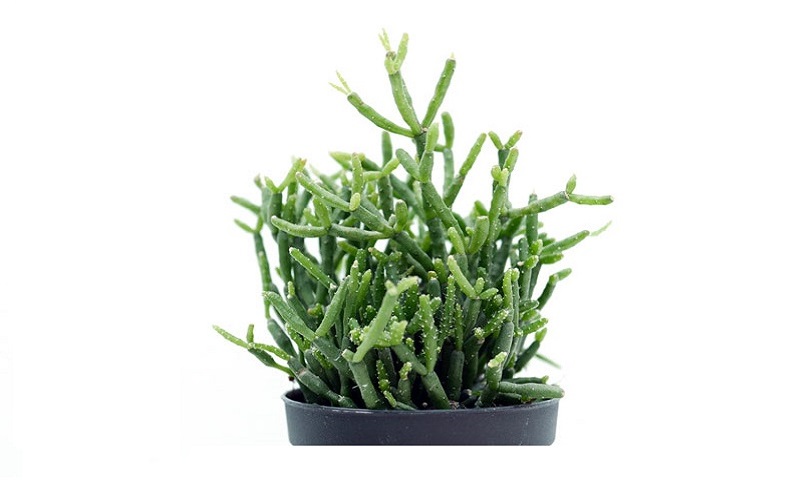
A flowering cactus, Hatiora features beautiful blooms in shades of pink, red, and yellow. It’s an easy plant to care for and makes a great addition to any indoor space. If you’re looking for a plant that looks like a pencil cactus but is easier to care for, Hatiora is a perfect choice.
How to grow? In general, you’ll want to provide Hatiora with bright light and plenty of humidity. Make sure not to overwater this particular cactus – overwatering can cause root rot.
In general, it’s recommended that gardeners water their plants once every 10-14 days or so (depending on temperature). Fertilize once every two weeks with a fertilizer specifically designed for plants such as these.
9. Rhipsalis Cereuscula

This plant is often mistaken for a cactus because of its long, thin, spiky leaves. But don’t let its looks deceive you – Rhipsalis cereuscula is actually a member of the Bromeliad family.
This easy-to-care-for plant is native to Brazil and can grow up to three feet tall. Rhipsalis cereuscula prefers bright, indirect light but can also tolerate low light conditions.
How to grow? Simply place it in a well-drained potting mix (choose one that has perlite or other airy components) and water sparingly. What else do I need to know?
Avoid over-watering this succulent as this will lead to rot. Some people mistakenly believe that misting will hydrate the plant when it only makes it wetter while not adding any more moisture. If possible, use a humidity tray or room humidifier near your plants as well.
10. Rhipsalis Clavata
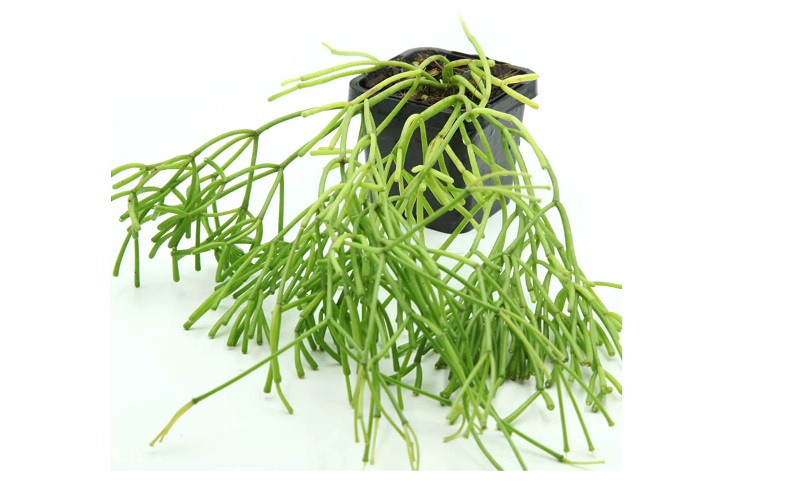
If you’re looking for a plant that looks like a pencil cactus but has softer, more flexible stems, check out Rhipsalis clavata. This plant is native to Brazil and can be found in rainforests, where it hangs down from trees. Rhipsalis clavata is easy to care for and can tolerate low light conditions, making it a great choice for indoor growers.
How to grow? Place the container under a tree or other area with indirect sunlight. Place the pot on a tray of gravel or mulch so that water doesn’t collect in the bottom of the pot and cause root rot. Keep soil moist at all times by misting plants twice daily, watering every 5-7 days, or keeping your pot next to a running humidifier.
11. Rhipsalis Micrantha
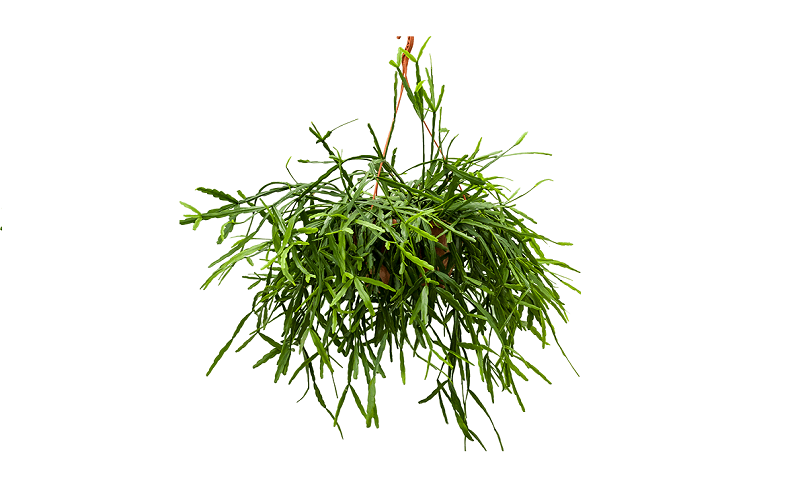
This South American native is one of the most popular pencil cactus look-alikes. It’s easy to see why – its long, thin, cascading stems are very similar to those of a true cactus.
Rhipsalis micrantha is also known as the false Christmas cactus because it blooms around the holidays. The rest of the year has small leaves that grow from each branch and end in sharp points.
How to grow? When you buy your plant, take care not to overwater. Allow the soil to dry out between waterings and keep this plant away from drafts or cold air. It likes bright light but not direct sunlight.
Conclusion
As you can see, plenty of plants can serve as substitutes for the pencil cactus in your home or office. With a little bit of research, you can find one that fits your needs and style.
And who knows? You might even find a new favorite plant. If not, check out our blog about succulents for more tips on how to choose plants for your home.
